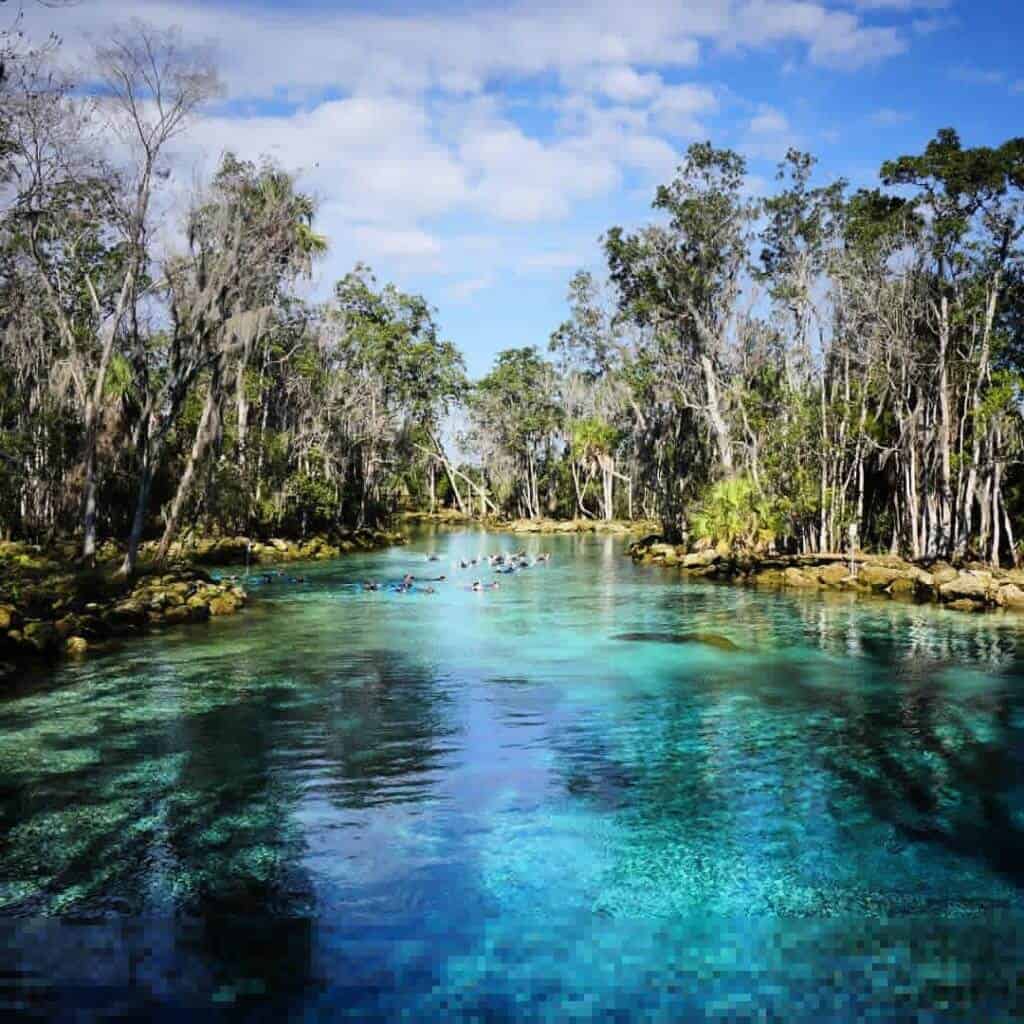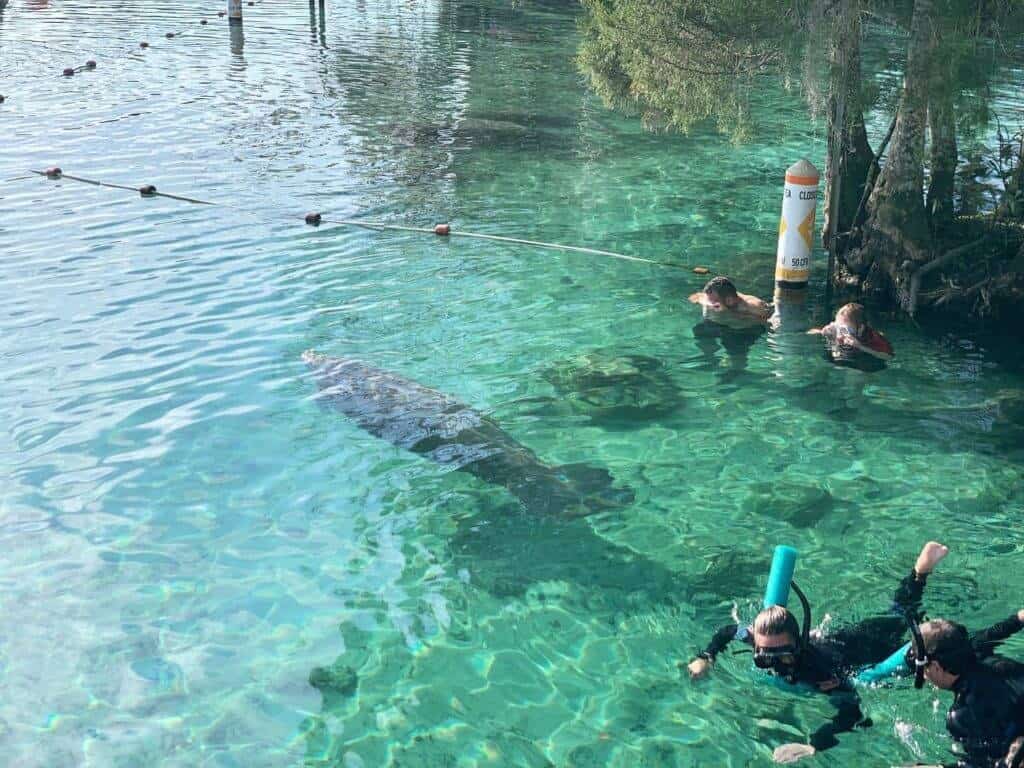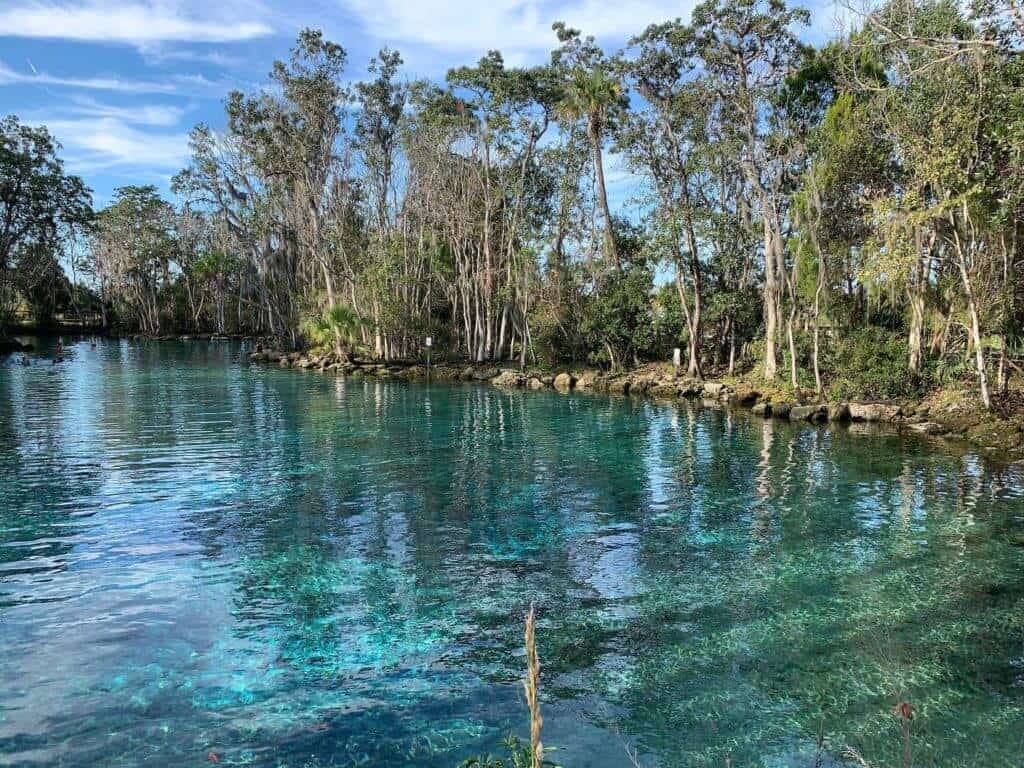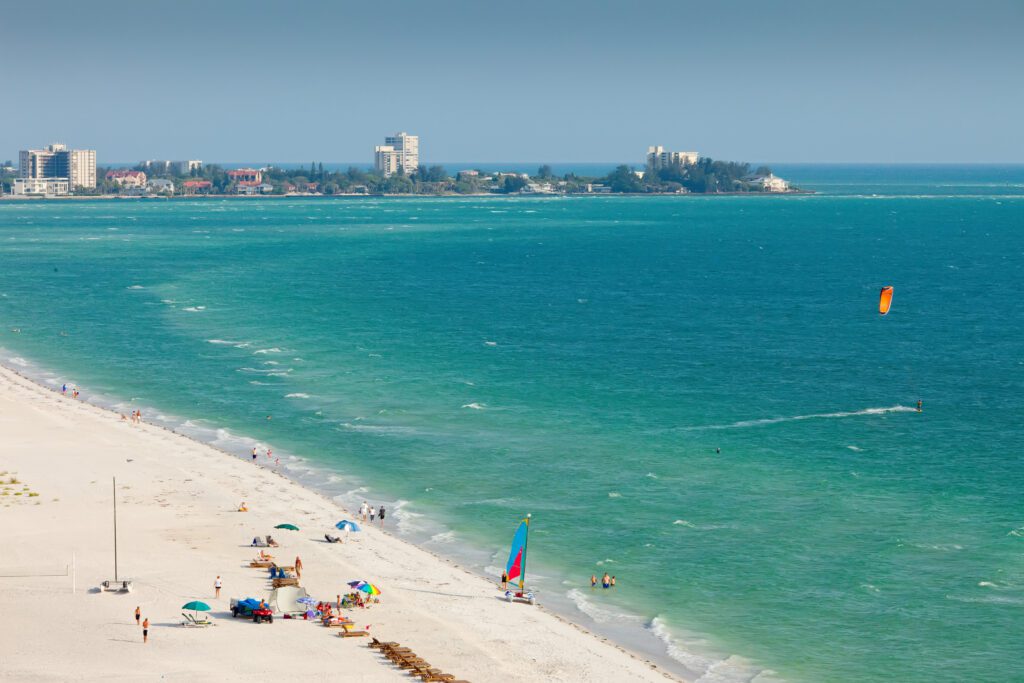Ever wonder what it’s like to swim with manatees? These gentle giants are curious and will often swim right up to people. Some will even roll over for a belly rub. Swimming with manatees is truly a rare, unforgettable experience, one you’ll only find on Florida’s Gulf Coast. There’s only one place in the U.S. where you can legally swim with them, and you have to know when to go.
Here are tips on swimming with manatees in Florida.



Where to Go
In Florida, you may see them swimming along off your favorite Florida beach, or coming up for air in a canal, but it is illegal to go near a manatee – unless you’re in Crystal River National Wildlife Refuge. In this natural spring area an hour north of Tampa, Florida, licensed tour operators can take groups out to snorkel with manatees where they gather in spots along the river to keep warm.
Some hotels along the river in Crystal River and Homosassa Springs lead tours right out of their on-site dive shops, while other tour operators are standalone. Whichever you opt for, make sure you get there early to rent/put on your wetsuit and listen to a briefing before you head out.
The Best Time of Year to Swim with Manatees
Hands down, winter is the best time to spot manatees in the springs. While they spend most of their time swimming in the Gulf of Mexico and the Atlantic, they high-tail it to Florida’s springs when ocean water temperatures dip. That’s because Florida’s springs flow at a constant temperature of 72 degrees Fahrenheit.
Cold snaps typically don’t happen outside of January and February (and even then, it’s rare), but when air temperatures do plunge in west-central Florida, it’s a good bet Crystal River will be teeming with these gentle giants as they try to keep warm.
And while cold weather is the main thing drawing manatees to the refuge, you can still spot them here when it’s warmer – there just might not be as many.
Tip: The earlier in the morning you go, the more manatees you’ll see. That’s in part because the water usually warms up as the day goes on, and they make their way back out to sea.
What to Expect when You Arrive for Your Tour
First of all, it is going to be cold. While 72 degrees sounds like a pleasant air temperature, it feels quite different in the water. You’ll want to wear a wetsuit, ideally one that is thicker than 3 millimeters, along with any other warming accessories you might have, such as a hooded vest and diving boots to cover your feet. The dive shop will have wetsuits on hand you can borrow or rent, as well as some cool-weather diving accessories for purchase. They’ll also lend you a snorkel and mask if you don’t have your own.
When you get to the dive shop, you’ll have to check in and the shop will give your group a briefing on the rules of swimming with the manatees. Among these:
- Only interact with a manatee if it swims up to you.
- Do not touch a manatee with two hands.
- Do not chase a manatee if it swims away.
Then, you will board the boat (or a shuttle to take you to your boat) and head to the springs.
Tip: Bring dry layers of clothing to wear on the boat.
What to Know about Swimming with Manatees
The boat ride will be a pleasant cruise over crystalline waters to a spring area where the manatees have gathered.
Given how cold it will be outside, getting in the water will seem counterintuitive – but keep in mind the water will be warmer than the air, and that the manatees will make you forget how cold it is anyway.
Once you’re in the water, you’ll likely see manatees resting at the bottom of the spring, and they’ll periodically come up to the surface to breathe.
If you’re lucky, a manatee will swim up to you. You’re allowed to gently touch them with one hand and feel their rough skin (think that of elephants, their closest land relative). Though very large, manatees are never aggressive – so don’t be scared to go near them.
Most guides on manatee tours will have a camera on-hand to capture photos and videos of your interactions with the creatures, though your memories of this blissful experience will last a lifetime.






